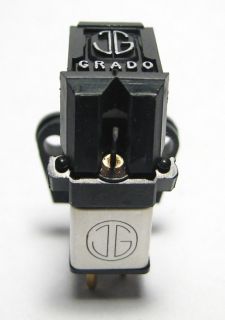 Geoscientists usually work with lines, planes and their angular relationships. Studying these relationships requires some techniques to put real 3D features into simple 2D visualizations. We don’t always need to design super complex 3D models just to figure out the angle between two planes, right?
Geoscientists usually work with lines, planes and their angular relationships. Studying these relationships requires some techniques to put real 3D features into simple 2D visualizations. We don’t always need to design super complex 3D models just to figure out the angle between two planes, right?
This is why the Stereographic Projection and the Stereonets became so important to geologists. This projection is fast and efficient when we just want to analyze angular relationships. It does not preserve distances or areas of the features that are projected in it, just angles.
For today’s examples I will assume you already understand how a stereonet works and are familiar with:
- strike and dip / plunge and bearing;
- poles and planes




